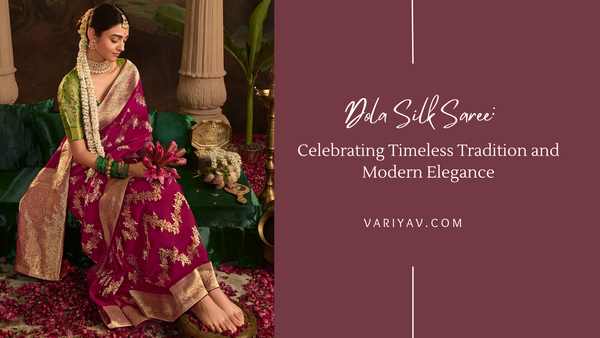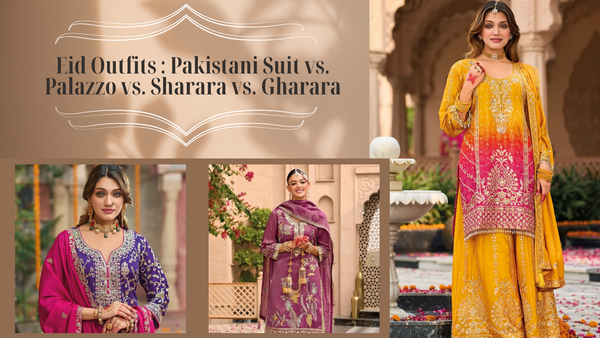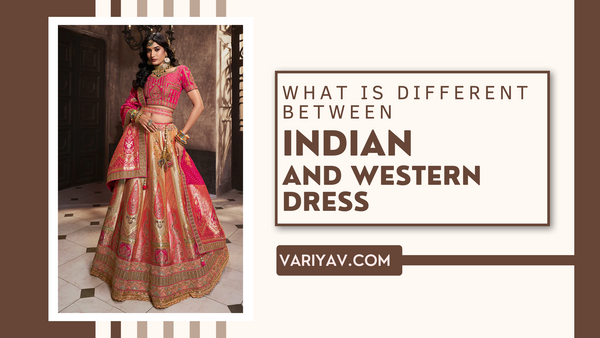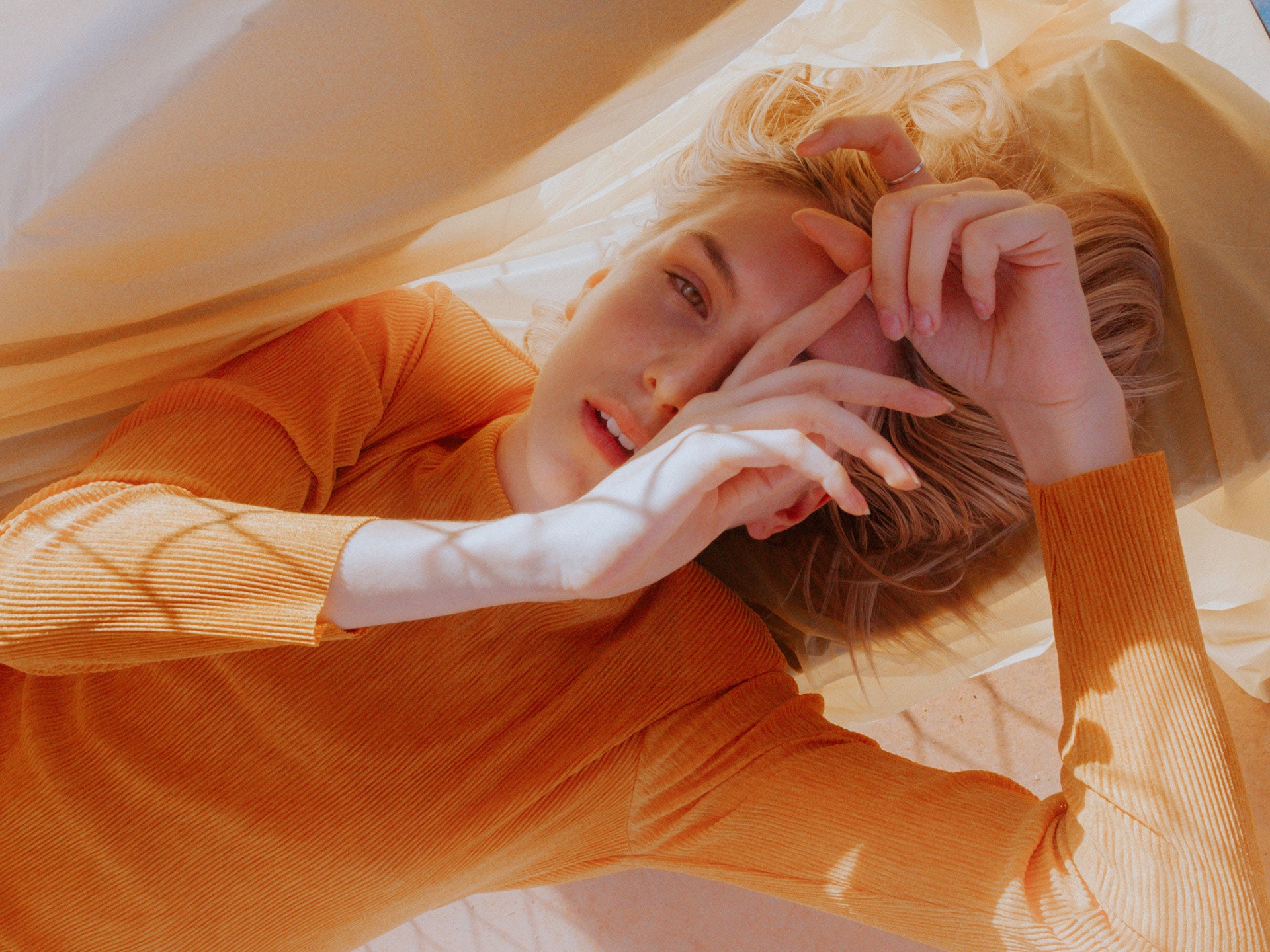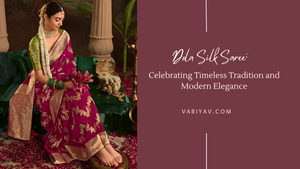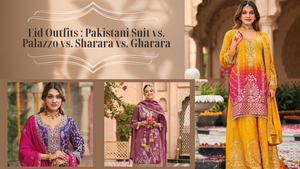what is different between Indian and western dress?

Unveiling the Difference: The Art of Dressing, Indian versus Western Attire
Fashion is not just a commodity of material clothing, but it is a way to reflect cultures and history, and show identity. Various civilizations of the world developed their ways of dressing, influenced by a number of elements including geography, religion, and societal norms. Of these, Indian and Western are fairly well-known for their unique characteristics, each with a tapestry of aesthetics and cultural relevance interwoven together. In this broad-based discussion, we go further into the minute differences in Indian and Western dress by showing not only the nature of the clothes themselves but also the guiding spirit or philosophies that lead to these responses in the fashioning of the garments.
1. Cultural and Traditional Background
Indian Dress: A Tapestry of Tradition
The Indian dress is connected with the rich cultural and religious heritage of the country. Each region had its type of traditional dress, which was developed over the centuries due to a combination of history, climate, and local practice. For instance, the saree is considered one of the oldest-continuing attires in India and traces back its roots to the Indus Valley Civilization, with continuous wear for thousands of years. Apart from those, other traditional clothes are lehengas, salwar kameez, and gowns, which tend to carry deeper connotations about one's religion, social status, and even regional identity.
It is not just a medium for covering up the body, but Indian clothes reflect values, beliefs, and even emotions portrayed in a certain way. The colors, patterns, and fabrics are usually chosen because they are considered auspicious. For example, it would be observed that during most bridal wear, the dominant color used is red as it symbolizes love, fertility, and good luck. Color Gold, as mainly used in the embellishment of fabrics and utensils, symbolizes affluence and blessing from God. Dressing can also convey marital status, caste, and geography; hence, Indian dressing becomes a complex and multi-layer non-verbal medium of expression.
Western Dress: A Representation of Modernism and Individualism
While the transformation that has taken place with respect to Indian fashion is over centuries, in Western fashion, that change has taken place in a really short span of time. Improvement in technologies and changes in social norms coupled with industrialization saw Western fashion grow very fast. The big difference between Indian and Western fashion is that while one has evolved without losing its identity, as far as the Western fashion is concerned, it's reinvented. Western wear-from the Victorian era of tight corsets to casual jeans and T-shirts-confesses to the cultural shifts and movements that have defined modern society.
Western parts of the world have generally thought clothing as an expression of the self to the outside-a way to let the inner personality and spirit shine through. While some garments, such as that of the wedding dress, hold great cultural importance, most garments designed for the West have been created to be general enough that they can easily be worn from work and school into one's social life.
2. Silhouettes and Structural Design
Indian Dress: Draping and Flowing Grace
One of the strongest points of differentiation between Indian and Western dress can be identified within the silhouette and structural makeup of the garment itself. Indian dress is made up of fluid flowing designs that are supposed to exude elegance and fluid motions. For example, the saree is just a long piece of cloth that usually ranges from six to nine yards in length and may be wrapped around the body in many ways, considering regional or occasion variations. In the making of a lot of garments with a flared skirt, like Lehenga, the same happens, while others get complemented by a long scarf over the shoulder that is known as Dupatta.
Where Indian clothes are concerned, elegance appears to override practicality. The involved designs allow the wearer to appear regal and stately throughout the day. Most of the worn clothes are loose, which may be comfortable in the generally hot and humid climate of the region. Adding multiple layers from a blouse and petticoat underneath a saree to a number for traditional clothes, a lehenga creates much complexity and beauty in the attire.
Western Dress: Tailored and Structured Sophistication
While in the western, fashion items take structured forms with fitting silhouettes that substantiate the organic form of the body. Take, for instance, the western suit that has become popular for precision in tailoring. Sharp lines and fitting appearances make suits denote professionalism and sophistication. Dresses, blouses, and trousers used in Western wear used to follow the contours of the body to develop a streamlined look of polish and grace.
This close attention to tailoring and structure is a legacy of European fashion, from the time of the Renaissance onwards, when tailoring as an art really took on a more appreciated role. Evidence of this interest in structure can be continued in the use of such items as zippers, buttons, and other fasteners to ensure a safe, correct fit. While the incorporation of flowy clothes whether in the form of maxi dress or loose fit top is cherished within western fashion, the overall trend of fashion has still remained uptight and fitted.
3. Fabric and Embellishment
Indian Dress: A Symphony of Textures and Embroidery
Indian wear is typically made from a range of expensive fabrics like silk, brocade, and velvet, which are valued seriously for their luster look and feel. Another essential fabric for the traditional Indian wear is cotton. It is also a pleasure to wear due to the ventilation of the fabric, essential in extreme heat conditions. Also, all the fabrics have remained significant because generally, the silk is worn only at the wedding and other ceremonies.
The embellishment is equally cumbersome in Indian garments as most of the traditional dresses are embroidered, sequined, and beadwork. Some of the techniques used include embroidering designs with zari or gold thread, Zardozi or embroidering done with metals, and mirror work-all adding depth and dimension to the cloth, therefore dazzlingly bright. Indian embroidery is also region-specific as most of the areas have their unique style; phulkari of Punjab, chikankari of Lucknow, and kantha of Bengal.
Western Wear: Innovation in Fabrics and Minimalistic Embellishments
Various choices of fabrics do exist in Western fashion, but they tend to head towards innovation and functionality. Undoubtedly, synthetic materials like polyester, nylon, and spandex revolutionized Western wear. These indeed opened ways to durability, elasticity, and ease of care in garments. Often, such fabrics combine with natural fibers like cotton and wool to bring in comfortable and long-lasting wear.
Western fashion is usually minimal in embellishments. There is quite some usage of sequins, lace, and embroidery in case of evening wear and haute couture; however, daytime wear tends to be plain and with hardly any use of embellishment. Quite often, much emphasis has been given to the cut and fit rather than to a showy decoration. Whereas, on the other hand, in modern Western fashion, bold prints and patterns are used everywhere in service to impart freshness to classic designs.
4. Color Schemes and Symbolism
Indian Dress: A Vibrant Celebration of Color
Color plays a hugely important role in Indian fashion. The colors used are bold and bright in hue. Each color will represent something cultural and religious; most often, colors are worn for a specific reason or life stage. It is a color of happiness and a very traditional color brides wear to represent fertility, love, and good fortune in a marriage. Yellow represents spring and new life, but white could signify purity and serenity. The color white is worn when one is in mourning.
Color in Indian apparel is not strictly an aesthetic issue but is, as a matter of fact, denoting the mood and intention. A mixture of color on one garment gives a hint of what the mood of the wearer may be or what occasion is being marked. Similarly symbolic are the patterns used in the Indian Apparel: the Paisley Pattern denotes fertility and Lotus, Purity, and Enlightenment.
Western Dress: Subtlety and Versatility in Colour
However, the backbone of Western fashion includes more subtle colors: black, white, grey, and navy-dominants in the world of garment. And highly valued because of their versatility-they can be worn for almost any occasion combined with other different things. The little black dress plays an enormous role in the West because it's capable of performing both formal and casual roles depending on the situation. But color plays a much less symbolic role in Western dressing, and many choices reflect personal taste rather than cultural meaning.
5. Accessories and Adornments
Indian Dress: The Art of Ornamentation
No Indian dressing up would get completed without ornaments, especially if that happened to be a traditional one. People preferably go for gold and silver because both carry a lot of fortunes. Bangles, necklaces, earrings, and anklets are something more than ornaments; they are carriers of shades of culture and, partly being inherited, get passed down generations. These combinations of clothes, jewels, and other accessories bring together a complete harmonious look-pleasing and meaningful.
Western Dress: Elegance in Simplicity
Not being lagged in accessories either, even though on the whole much more minimalistic in relation to the traditional attire. Most of the adornments are done by Western fashion with stud-type earrings and thin necklaces, with plain bracelets added, adding elegance without over-accessorizing. A watch, belt, scarf, and handbag come standard for each ensemble for functional as well as aesthetic service. Accessorizing in Western fashion can also be highly personalized so as to allow subtle ways of expressing your style choices.
Conclusion
These contrasts in the Indian and Western ways of dressing up are lively witnesses to the richness and diversity in fashion across the world. Being attached to the roots of its culture, Indian attire is elaborately designed with symbolic meanings, giving a peep into the rich heritage and tradition that the country boasts of. At the opposite end, Western fashion, slanting towards individuality, functionality, and relentless innovation, reflects in the truest sense of the word the nature of modern society.
Browse through our range at Variyav.com and pick that perfect outfit, which not only appeals to the taste of a person but at the same time brings one closer to the rich cultural heritage of India. Be it any special occasion or simply to add that bit of tradition in your regular wear, Variyav.com is where one will find some of the most beautiful and timeless fashion.



